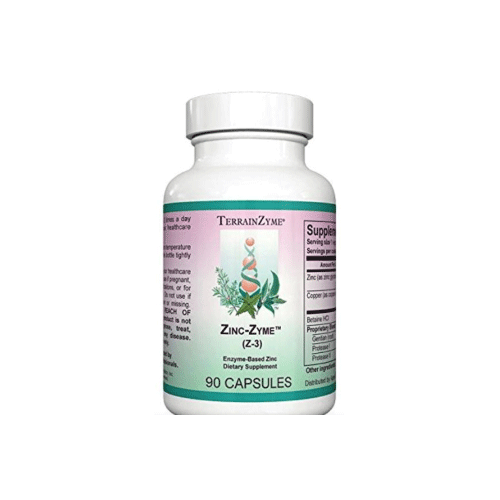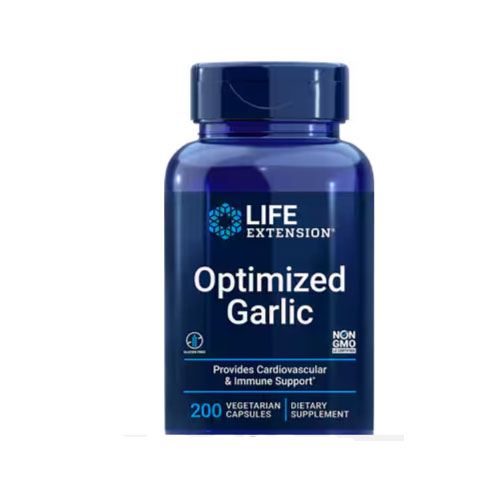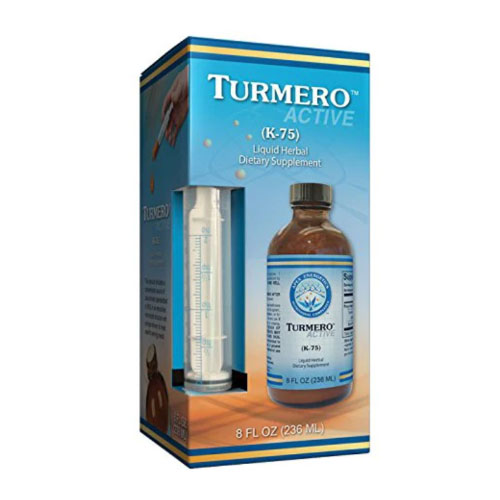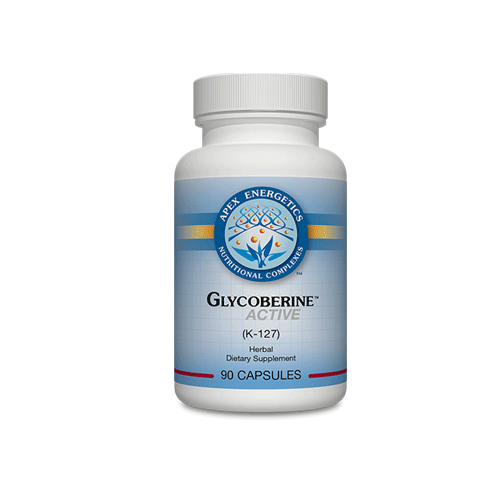Part 1
In Part 1 we review two case studies illustrating common clinical presentations of thyroid disease, the anatomy, and physiology of the thyroid gland, symptoms of low thyroid output and causes of thyroid disease.
An estimated 12 percent of the U.S. population will develop a thyroid condition during their lifetime. 60 percent of those patients are symptomatic but unaware of their condition.
Two great patients presented to our office on the same day illustrating the shift in thinking from a traditional disease-based medical model to a patient-centered approach looking for the root cause of disease.
T.G., a 47-year-old secretary for a local construction company, presented with a ten year (10 years!) history of depression, dementia, weight gain, constipation, dry skin, hair loss, cold intolerance, hoarseness, irregular menstruation prior to menopause, muscle stiffness and pain. She complained of
always feeling “on edge,” yet living life in slow motion.
T.G. clearly exhibited symptoms of low thyroid output. She has sought out “at least ten doctors including two specialists,” two massage therapists, an occupational therapist, a faith healer, a hot yoga instructor, two chiropractors, a reiki master, and an iridologist.
“Everyone told me I was normal. They all say I’m crazy. My husband says I’m crazy. I’m anxious, stressed out, I have panic attacks, insomnia, you name it. They say there’s nothing wrong with me.”
Her physical examination was “normal.” There were no lumps or bumps where there shouldn’t have been. Her blood count (hemoglobin) was 14.6 (normal 12-16), blood sugar 86 (normal <100), Thyroid Stimulating Hormone 2.39 (normal 0.45-4.5) and her cholesterol was 178. Everything is normal. (Or is it?)
Later that day, L.D. a 56-year-old chiropractor presented with a six-year history of severe fatigue, headaches, abdominal bloating, multiple food allergies, and a profound coldness even on a 100-degree day in summer. L.D. complained of an inability to handle stressful situations, poor memory, muscles
weakness, and hair loss. He was concerned he was in the early stages of Alzheimer’s Disease.
His physical examination was likewise “normal.” His hemoglobin was 15.2, blood sugar 91, Thyroid Stimulation Hormone 6.21, and his testosterone was 578 (normal 300-1000).
L.D. was told he had low thyroid function. Thyroid Stimulating Hormone is an inverse. When the level is high, one has low circulating thyroid. When the reading is low, the circulating thyroid is high. He has prescribed a synthetic thyroid preparation, did not believe the diagnosis, did not take the medication and sought a more complex meaning for his maladies.
L.D. submitted to Nambudripad’s Allergy Elimination Techniques (allergy testing using muscle energy techniques), colon cleanses, IV vitamin therapy, hair analysis, the above-mentioned reiki, and hypnosis. He sought out like-minded chiropractors, a shaman, and an orthomolecular psychologist.
Several concluded he was hypothyroid and he should just “take the damn synthetic pill and be done with it.”
L.D. felt his life “had more meaning and he couldn’t imagine having a common, garden variety, thyroid problem.” Looking over six years of tests, it was evident early on that he was indeed, simply hypothyroid.
T.G., a layperson, was repeatedly told over the ten years she had mental health issues. Not one of her previous practitioners had looked beyond simple, everyday screenings.
We performed extensive thyroid testing including antibodies, markers for T.G.’s immune cells, which somehow became confused and attacked her own tissues. T. G.’s antibodies were off the scale high, unreadable and immeasurable. (>900, normal <30). Conclusion? T.G. has autoimmune induced hypothyroidism, namely Hashimoto’s Thyroiditis.
L.D., a medical practitioner, who treats patients every day, could not see his forest for the trees. (His antibodies were <5, normal). He suffered, greatly missing out on many of life’s pleasures, overthinking his easily controlled malady.
The thyroid gland, a butterfly-shaped organ, is located in the laryngeal prominence, i.e. the Adam’s apple, in the neck. It’s hormones, chemicals that carry messages from their organ of origin to specific cells, regulates the function of every cell in the body. The thyroid is responsible for the smooth functioning of the heart, lungs, G.I. tract, blood sugar, cholesterol production and utilization, bone, blood, and brain.
The thyroid gland produces two major hormones, triiodothyronine (T3) and thyroxine (T4) are major regulators of the growth and rate of function of other body systems. The thyroid also produces calcitonin, a hormone responsible for calcium balance and bone density.
The thyroid is a “Goldilocks” hormone. We need it to be just right—not too little, not too much. It produces itself only 20% of its necessary daily requirements (100 micrograms a day of T4, 30 micrograms a day of T3). The majority (80%) of the active thyroid molecule comes from a process known as de-iodination, naturally converting T4 to T3. Adequate conversion of T4 to T3 accounts for a smooth-running system. Inadequate conversion of T4 to T3 contributes to the symptoms of low circulating thyroid.
The thyroid is such a ubiquitous organ that over 200 different symptoms can be traced to it. Common symptoms include cold intolerance, unexplained weight gain, fatigue, thinning of the hair, the outer third of the eyebrow, the skin and the nails, increased body fat, energy loss, cognitive loss, memory loss, mood disorders, lowered body temperature (never greater than 97.6 F), fluid retention, and a poor sense of well-being are all attributable to poor thyroid function.
Although thyroid deficiency has traditionally been viewed as a decrease in hormone production from the aforementioned decreased conversion of T4 to T3, zinc and selenium deficiencies, adrenal insufficiency, thyroid receptor site resistance (normal blood levels, poor thyroid function), and pharmaceutical medications including amiodarone, beta-blockers, Dilantin, prednisone, synthetic progesterone, and lithium, a new understanding has arisen.
When the underlying cause of hypothyroidism is the immune system, not the thyroid per se., and it is not addressed, standard medical treatments are not effective.
25 percent of patients with Hashimoto’s thyroiditis develop poly-glandular syndromes (such as pernicious anemia, diabetes, or adrenal insufficiency) or other autoimmune diseases (such as Sjogren’s syndrome).
In Part 2 we will review diagnosis and offer treatment modalities that include medications, supplements and dietary advice.
For more information, contact Dr. William N. Clearfield at (775) 359-1222.
References
1. General Information, Press Room, http://www.thyroid.org/mediamain/about-hypothyroidism/, Accessed July 5, 2015.
2. Allahabadia A, Razvi S, Abraham P, Franklyn J. Diagnosis and treatment of primary hypothyroidism. BMJ. 2009 Mar 26;338:b725.doi: 10.1136/bmj.b725.
3. Cihakova, D., Hashimoto’s Thyroiditis, Johns Hopkins Medical Institutions, http://autoimmune.pathology.jhmi.edu/diseases. cfm?systemID=3&DiseaseID=22, accessed July 5, 2015.






